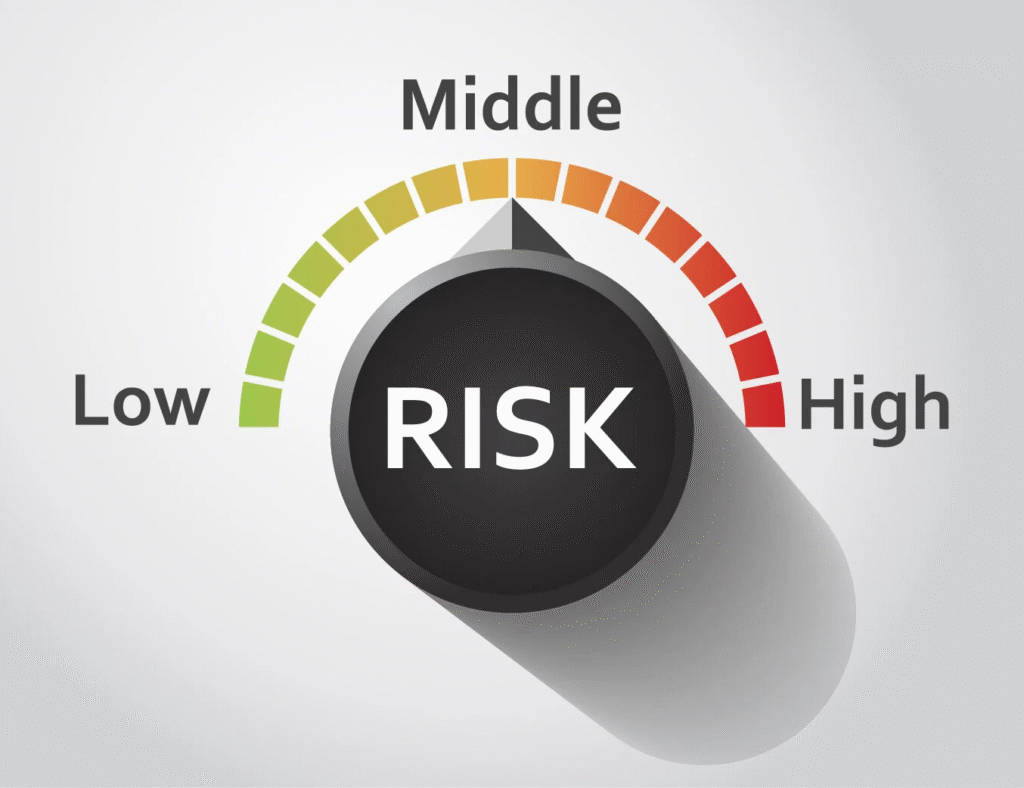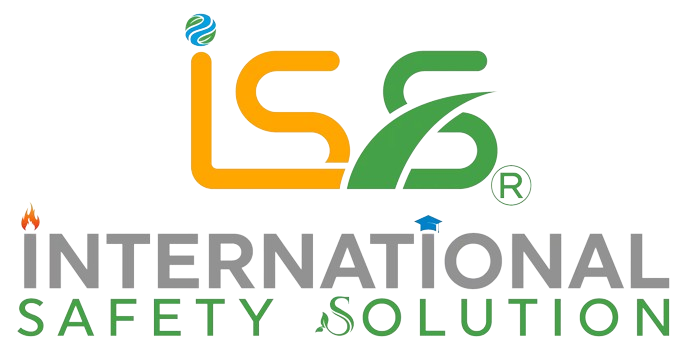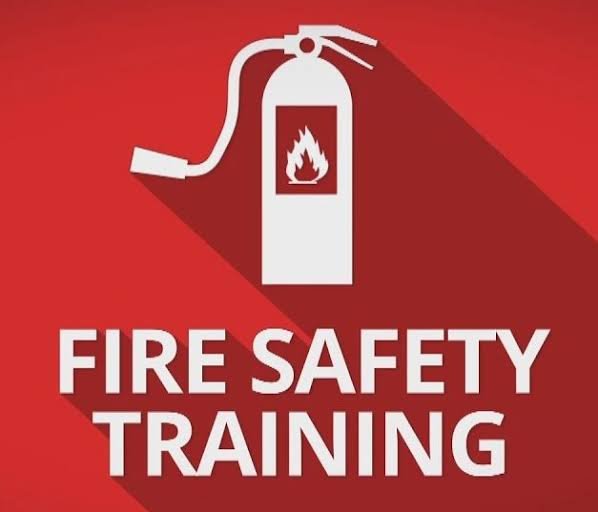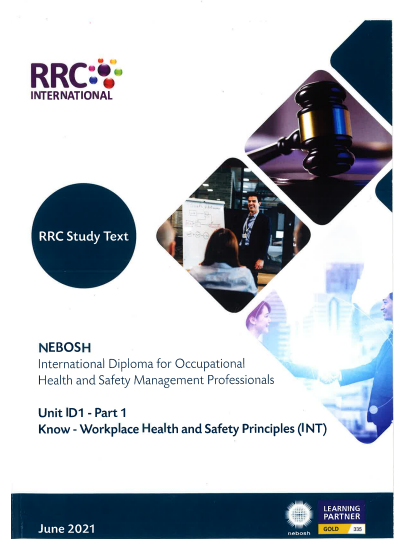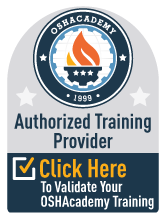Risk Assessment (RA): A Complete Guide – Definition, Steps, and Types
What is Risk Assessment (RA)?
Risk Assessment (RA) is a systematic process of identifying hazards, analyzing their likelihood and consequences, and implementing control measures to minimize risks. It is a vital part of workplace safety management, ensuring compliance with legal requirements (ILO, OSHA, HSE, NEBOSH) and protecting workers, equipment, and the environment.
Risk assessment is not just a legal duty but also a proactive approach to accident prevention, improving workplace productivity, reducing costs, and enhancing safety culture.

Objectives of Risk Assessment
- Identify potential hazards before they cause harm.
- Evaluate the level of risk associated with each hazard.
- Recommend suitable control measures.
- Ensure compliance with occupational health and safety standards.
- Promote continuous improvement in workplace safety.
Steps of Risk Assessment (5 Steps Model by HSE UK)
- Identify Hazards
Look for anything that could cause harm – machinery, chemicals, electricity, fire, slips/trips, work at height, manual handling, etc. - Decide Who Might Be Harmed and How
Assess who could be at risk – employees, contractors, visitors, or the public – and determine how they may be harmed. - Evaluate the Risks and Decide Precautions
Assess the severity (impact) and likelihood (probability) of each hazard. Apply the risk matrix to rank risks and recommend control measures using the hierarchy of control. - Record Your Findings and Implement Controls
Document the hazards, risk ratings, and control measures. Ensure implementation of engineering controls, PPE, training, or safe work procedures. - Review and Update Regularly
Risk assessment must be a living document, updated after accidents, near misses, introduction of new processes, or periodic reviews.

Types of Risk Assessment
- Qualitative Risk Assessment
Based on descriptive analysis (low, medium, high risk). Used in general workplace hazards. - Quantitative Risk Assessment
Uses numerical values, data, and probability models to measure risk (e.g., accident rates, exposure levels). - Generic Risk Assessment
Covers common hazards that apply to multiple tasks or locations (e.g., fire hazards in office buildings). - Site-Specific Risk Assessment
Conducted for particular locations, projects, or activities where hazards differ. - Dynamic Risk Assessment
Performed in real-time, often by supervisors or emergency responders when conditions change suddenly. - Specialized Risk Assessment
For high-risk industries such as oil & gas, construction, chemical handling, confined space entry, etc.

Benefits of Risk Assessment
- Prevents workplace accidents and illnesses.
- Reduces legal liabilities and insurance costs.
- Builds a strong safety culture.
- Improves operational efficiency and productivity.
- Ensures compliance with international standards (ILO, HSE, OSHA, NEBOSH).
Conclusion
Risk Assessment (RA) is a cornerstone of occupational health and safety. By systematically identifying hazards, evaluating risks, and applying effective control measures, organizations can protect people, assets, and the environment. Whether qualitative or quantitative, a well-documented and regularly updated RA ensures compliance, improves safety culture, and promotes business sustainability.
